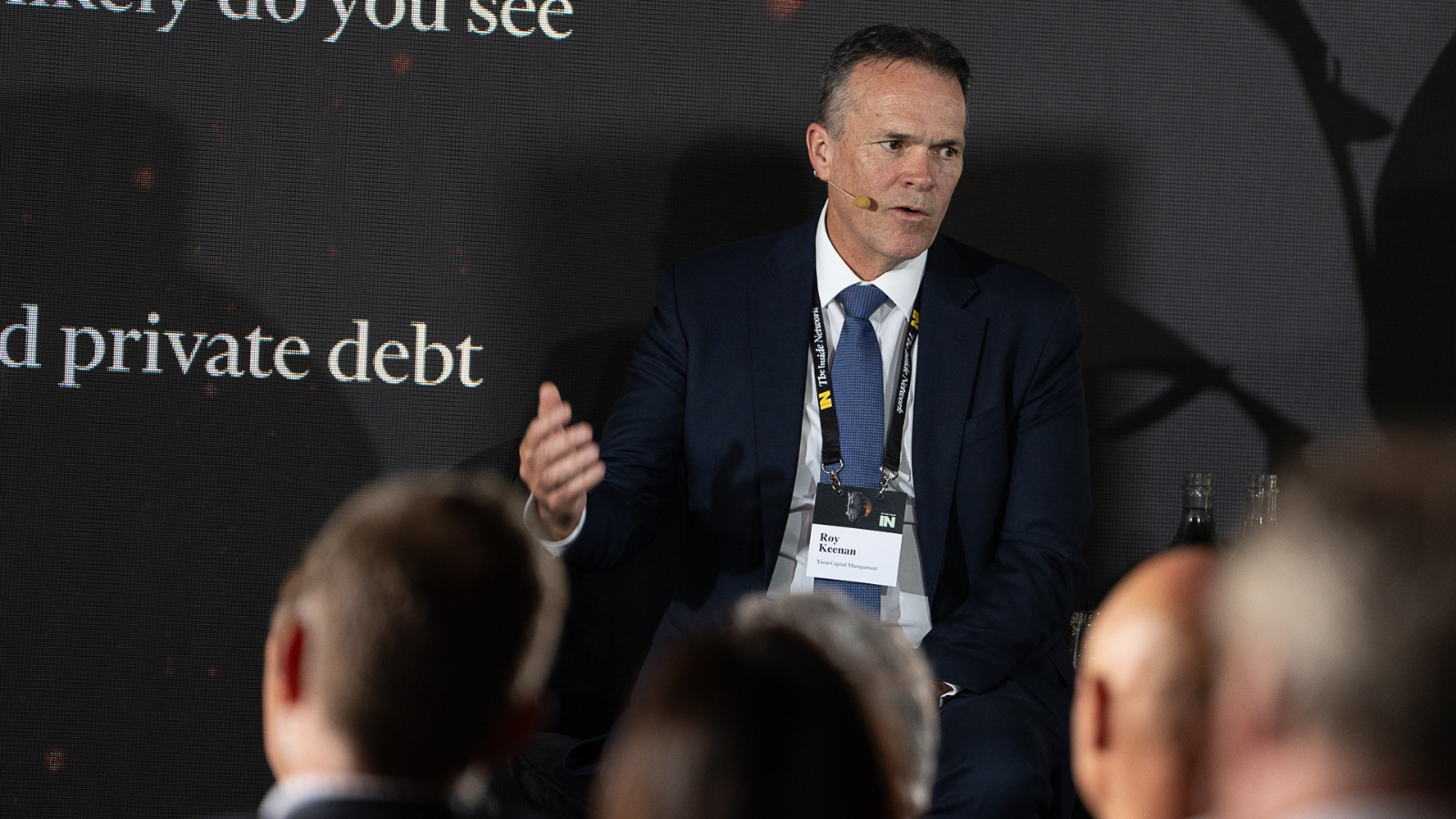Can credit replace lost dividends in a zero-rate world?
As 2020 comes to a close, investors of all kinds are faced with what seems to be a once-in-a-lifetime dilemma; how to generate an income in a zero-rate world.
Despite clear evidence that investing in stocks solely for their income has generally detracted from, rather than added to, long-term returns, the nature of the Australian retirement system is that income remains a borderline obsession with investors and advisers alike. Rather than focusing on the all-too-often-referenced need to seek “total returns” or the fact that the very nature of superannuation requires all of us to withdraw more as we age, this piece will consider an alternative to those long-lost dividends.
If it wasn’t abundantly clear already, it should be now: the days of portfolios averaging 6 percent per year in income are gone, whether we like it or not. The Reserve Bank of Australia’s recent decision to cut the cash rate to 0.1% (and the suggestion that it would remain there for at least the next three years) means we now live in a zero-interest rate world. As we stand today, the leading five-year term deposit offers a yield of just 1.0% per annum. Similarly, following the National Australia Bank’s (ASX: NAB) financial report this week, its dividend has now fallen to just 4.4% per year, including franking.
Now faced with the conundrum of falling income from the two most popular traditional sources, it’s clear we need to start thinking differently. The first question that every investor should ask is, “What is the smart money -that is, the institutions, billionaires and pension funds – doing about it?” The answer – in the case of income, they have turned to credit.
Put simply, credit is bonds or loans made to companies of all kinds. Credit differs slightly from traditional fixed interest investments like government bonds or term deposits, as the loans are not explicitly guaranteed, rather they are secured by the assets of the borrower. Probably one of the leading specialists in Australian credit markets, both private and public, is Phil Strano of Yarra Capital. Phil has enjoyed an extensive career in the industry, most recently leading the Credit team at Victorian Funds Management Corporation, the asset management arm of the Victorian Government.
We spoke to Phil recently about the growing popularity of the sector and why investors are now turning to non-traditional credit investments to replace lost dividends.
Dividends vs. coupons
One of the key reasons for a spike in demand, according to Strano, is the important distinction between coupons or interest payments made by borrowers, and the dividends paid by companies. Strano points out that “dividends are simply a return of profits……they are at the discretion of the board of directors.” Reflecting on the current situation, he adds that “economic shocks like a pandemic that impact directors’ confidence on the future of company profits are the worst enemy for dividend consistency,” suggesting that even with strong profit results, directors will tend to err on the side of caution in this environment. As we have experienced this year, if a company reduces its dividend, both the capital and income tend to fall as a result.
Strano points out that should a company miss a coupon on a senior bond or loan, then it may lead to an event of default, allowing the lender to call on the assets as security. Most importantly, he highlights that coupon payments or “distributions from debt securities are contractual, not discretionary.” Therefore, “the reliability of a distribution depends on where you have invested in the capital structure” of that entity. This means it is inherently easier to accurately forecast future cash flows and returns for debt compared to equity securities.
Which sectors are standing out?
As we near the end of 2020, it’s become clear that not all debt or equity is created equally. So where do the greatest opportunities lie in debt markets? According to Strano, four areas are of particular interest.
The first is bank credit, where he highlights the fact that “credit spreads on both Tier 1 and Tier 2” bank debt have moved sideways over the past two months’ as evidenced in the chart below. According to the team, these subordinated or lower-ranked securities both appear “very cheap relative to senior bank paper.”

The next area is in corporate debt issues, where BBB or investment-grade rated bonds, shown as the grey line below, are trading on “very attractive” spreads compared to just 12 months ago. In this case, Strano refers to high-quality companies ‘with little credit risk and strong balance sheets’ which are now offering yields of 3%-4% across an array of sectors.

Similarly, the credit team sees value in those sectors hardest-hit by COVID-19, real estate investment trusts (REITs) and airports. In this case, bond buyers are effectively holding debt secured by the underlying property. In Yarra’s view, pandemic issues have “already been more than priced into credit spreads” offering a selective buying opportunity. Specifically, it sees the current uncertainty and market inefficiency as providing great timing to add active returns for clients.

Finally, Yarra is highly positive about the potential spike in new bond issues in the months ahead. It highlights that bond issuance by corporates has been reduced by due the pandemic, but that this is expected to reverse as conditions normalise and companies seek to refinance.

With most widely followed credit strategies offering running yields of between 3% and 4%, but with greater security and less discretion over payments, it’s clear why investors are getting excited about the sector.











